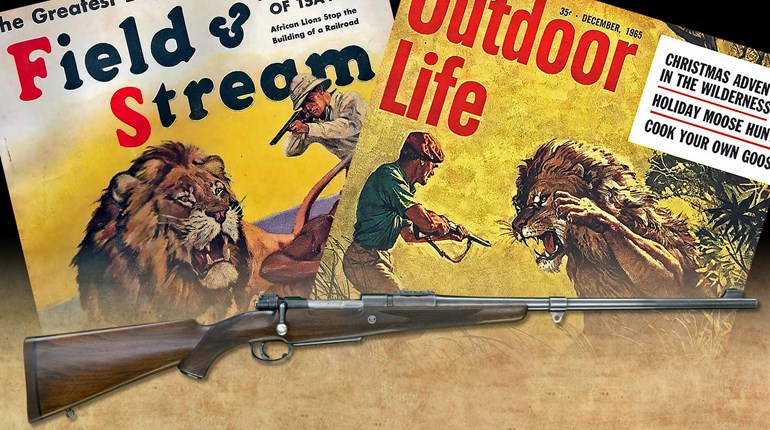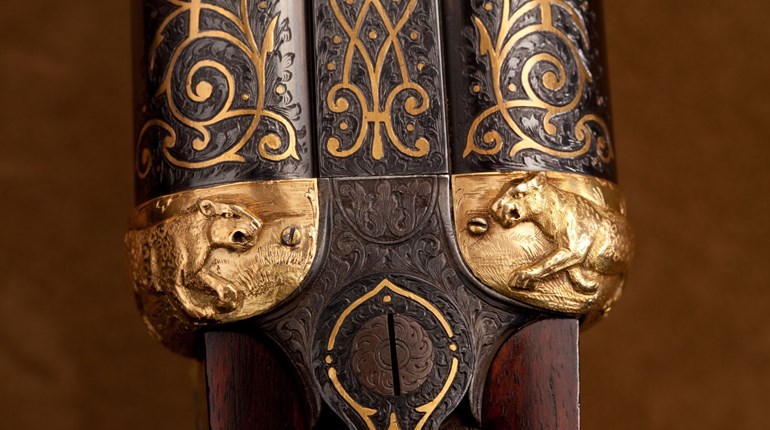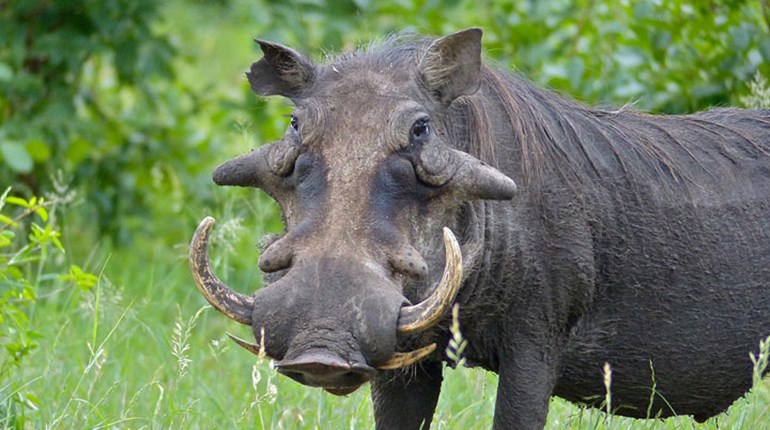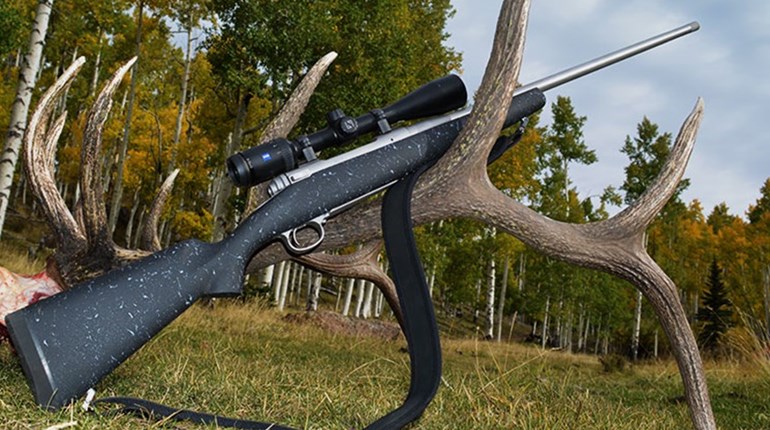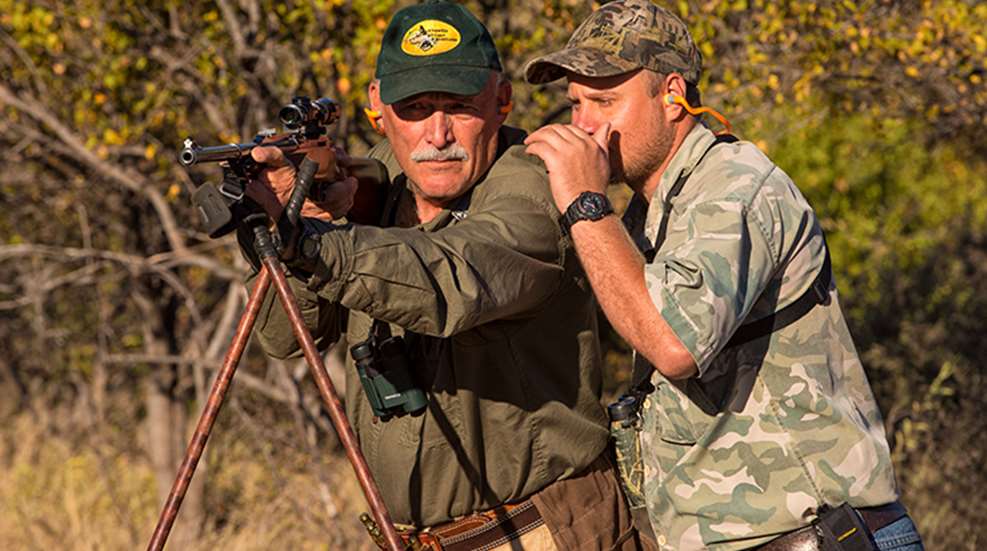
Editor's Note: Author Tim Christie recently enjoyed his first career safari. You can catch up on that story here.
Living the African experience provides a whole different perspective on hunting. I’ve been on guided hunts for Dall sheep and caribou in Alaska; whitetails, hogs and turkeys in Texas; pronghorn and elk in Wyoming; mule deer, whitetails and elk in my home state of Idaho. But that African hunt was unlike anything I’ve ever experienced.
Whatever you’ve read about African professional hunters is very likely true—and then some. I hunted with three different PHs who guided me to my gemsbok, impala and warthog in addition to the kudu. Now, I spend much of any normal year photographing wildlife, and my skill at spotting game is above average. But these three PHs made me feel like a neophyte. Driving down a road at 10 to 15 mph, they’d stop to show us wildlife in the brush that I had a hard time seeing with my binocular. After I’d shot my kudu, PH Flippie De Kock spotted a big bull standing in brush 50 yards away. We sat in the truck for five minutes while he directed our attention to the animal. Only the bull’s eye was visible peering through the heavy screen of brush.
That quality was exceeded only by the PHs’ ability to track game. Hanno van Rensburg followed my kudu through the grass and broken, tangle-foot undergrowth like a laser-equipped drone. Flippie unraveled the tracks of dozens of game animals in soft sand to put me onto an impala that turned out to have a broken horn. Petrus, my third PH, followed my warthog at a trot, seemingly never looking down at the ground. He was a black man, and though I asked everyone, no one knew his last name. But he was a PH just as the other men. I must say Petrus was amazing both as a tracker and as a PH. He literally could see game under the most difficult situations. Once we were walking through some brush and he stopped me and hissed, “Kudu.” It took me a couple of minutes using my binocular to see the eyeball of the bull staring at us through a maze of brush, and that eyeball was the only thing visible … at 50 yards. Blew me away. I wish he could guide elk hunters. True, these men grew up in Africa, but on top of that, earning a PH license there requires phenomenal skills.
Field-judging trophy animals is simply an impossible task for inexperienced hunters. Graduates of a PH school must accurately judge horn length within one inch on large animals like sable and kudu, and half an inch on smaller animals like steinbok and duiker at 100 meters (109 yards). Graduation requires proficiency in shooting at moving targets and caping trophies, and passing tests in tracking and applicable hunting regulations. Many who try, fail. Those who pass deserve a client’s deepest respect and admiration.












